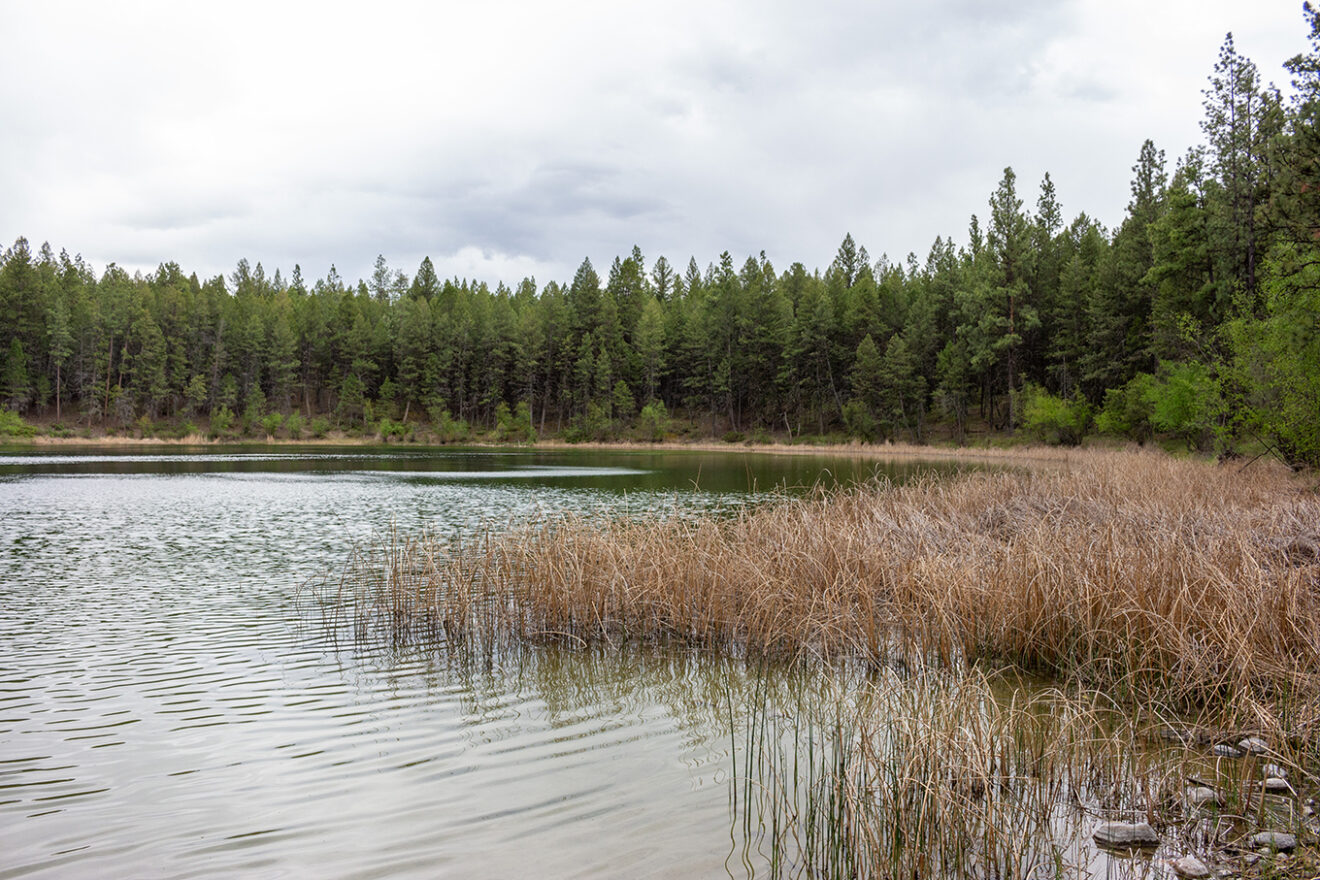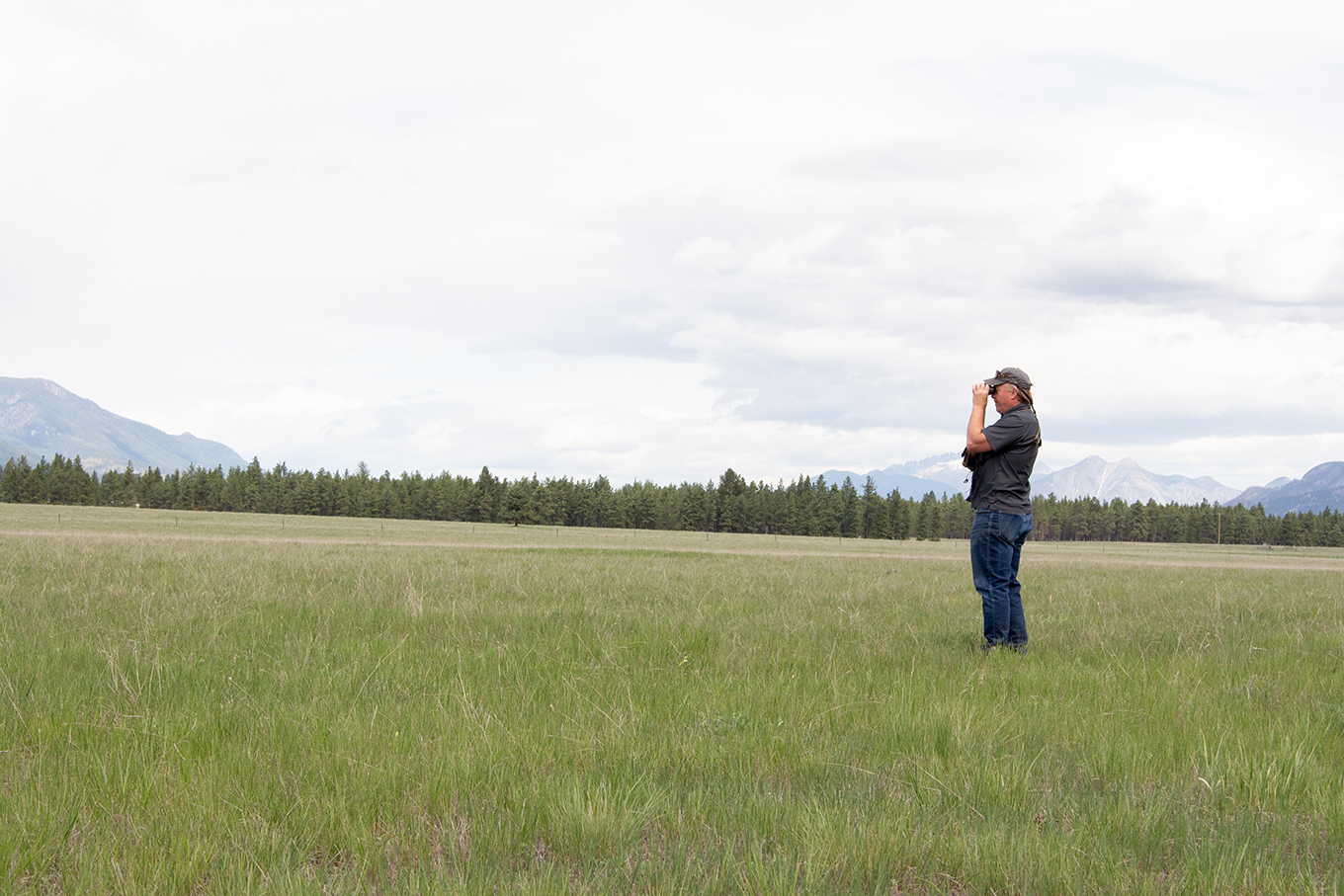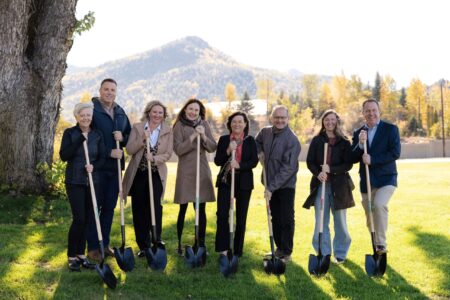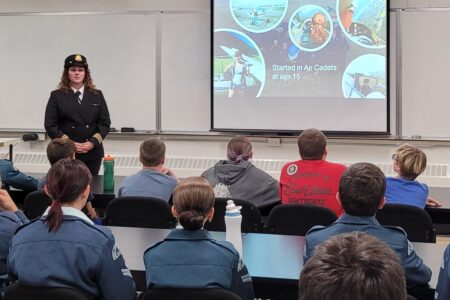Skookumchuck Prairie near Cranbrook added to protected habitat — Nature Conservancy of Canada
Grassland-reliant species in the Rocky Mountain Trench now have more protected habitat thanks to a new conservation area near Cranbrook.
The Nature Conservancy of Canada (NCC) is announcing its acquisition of 270 hectares in the Skookumchuck Prairie, which lies within the traditional territories of the Ktunaxa Nation and the Secwépemc (Shuswap Band).
The Skookumchuck Prairie Conservation Area protects vital valley-bottom grasslands, open forests and wetlands.
Richard Klafki, Canadian Rockies Program Director, Nature Conservancy of Canada said that grasslands may have a tiny footprint in this province, but they give back to us in huge ways.
“They provide essential habitat for wildlife, they filter water, clean air and store carbon, and they support local communities,” Klafki said.
“This project represents an important win for nature and wildlife. Skookumchuck Prairie is a biodiversity hotspot, something that is well known to local naturalists who come out to witness long-billed curlew, elk and other wildlife using the area.
“The Nature Conservancy of Canada is excited to steward this Skookumchuck Prairie so that it continues to thrive well into the future.”
This project falls within the Skookumchuck Prairie Key Biodiversity Area and is adjacent to three Provincial Wildlife Habitat Areas, which protect habitat for the at-risk long-billed curlew and Lewis’s woodpecker.
Long-billed curlew is listed as special concern due to the loss of grassland habitat used for breeding. Skookumchuck Prairie Conservation Area contains multiple nesting territories for the species. The federally threatened Lewis’s woodpecker nests in cavities within large trees, like those found in this landscape, and a breeding population of this species is present in the area.
About one-third of the Skookumchuck Prairie Conservation Area is forested with sparse stands of mature and old-growth Ponderosa pine, with some Douglas-fir mixed in.
Most of the site is a dry grassland of prairie junegrass, bluebunch wheatgrass and rough fescue. Three hectares of wetlands add to the landscape diversity and offer crucial benefits to wildlife and water systems in the area. This conservation gem also provides habitat for endangered American badger and excellent winter range for elk, mule deer and white-tailed deer.
The grasslands on the Skookumchuck Prairie Conservation Area have been used for years for low-impact cattle grazing. This has mimicked the historic dynamic in this landscape of low-intensity wildfires keeping shrubs and trees from encroaching on the open grasslands.
Even prior to this land being conserved, the previous landowner limited grazing to the fall, ensuring there was no overlap during spring, when long-billed curlew and other grassland nesting birds are using this essential habitat.
“Protecting grasslands, old-growth forests, and wetlands plays a vital role in helping to halt and reverse biodiversity loss and contributes to the recovery of species at risk, like the American badger and the long-billed curlew,” said the Honourable Steven Guilbeault, Minister of Environment and Climate Change.
“Protecting grasslands is also an underappreciated, but important, natural climate solution. Through programs like the Natural Heritage Conservation Program and partners such as the Nature Conservancy of Canada, the Government of Canada is making progress toward its goal of conserving 30 percent of land and water in Canada by 2030.
“Protecting the natural environment in British Columbia, including the Skookumchuck Prairie Important Bird Area, reflects our whole-of-society approach to meet our conservation goals.”
NCC will develop a management plan to maintain and enhance the new conservation area’s ecological benefits. NCC is exploring options to use grazing as a tool to enhance long billed curlew habitat on the formerly cultivated pastures that occur on the property.

The purchase of the Skookumchuck Prairie involves funding from private donors, local supporters, businesses along with the Federal Government through the Natural Areas Conservation Program. — Photo courtesy Jolene Rudisuela, NCC
This project was funded in part by the Government of Canada through the Natural Heritage Conservation Program, part of Canada’s Nature Fund. Private donors also contributed to this project, including the Rosenfeld Family Fund.
Quick Facts
- The Rocky Mountain Trench is a long, deep valley extending 1,500 kilometres from Montana to the Yukon. The combination of urban development, agricultural conversion and forest ingrowth has contributed to the loss of grassland and open forest ecosystems in the Rocky Mountain Trench. Much of this landscape has historically been maintained by low-intensity wildfire and cultural burning, which burns away young shrubs and trees that would otherwise encroach on the grasslands and increase the density of the forests. Years of fire suppression activities have reduced these benefits, compromising wildlife habitat and increasing the risk of large wildfire events.
- Protecting grasslands is a natural climate solution, as these ecosystems lessen the amount of carbon being released into the atmosphere. Native grasslands have extensive root systems that can extend metres below ground, allowing for a considerable amount of carbon storage in their roots and soil.
- The Skookumchuck Prairie Conservation Area is within the Ponderosa Pine biogeoclimatic zone, which is known for being the warmest and driest forest zone in the province.
- Skookumchuck Prairie has been identified as one of several new Key Biodiversity Areas (KBAs) championed by Birds Canada. Stretching from Newfoundland to British Columbia, KBAs are an information tool that can inform land use decisions and conservation goals and protect ecosystems and the species that depend on them.
- Long-billed Curlews spend the summers in areas of western North America with sparse, short grasses, including shortgrass and mixed-grass prairies as well as agricultural fields. After their young leave the nest, they may move to areas with taller, denser grasses.
About NCC
The Nature Conservancy of Canada (NCC) is the country’s unifying force for nature. NCC seeks solutions to the twin crises of rapid biodiversity loss and climate change through large-scale, permanent land conservation. As a trusted partner, NCC works with people, communities, businesses, and government to protect and care for our country’s natural areas. Since 1962, NCC has brought Canadians together to conserve and restore more than 15 million hectares. To learn more, visit natureconservancy.ca.























